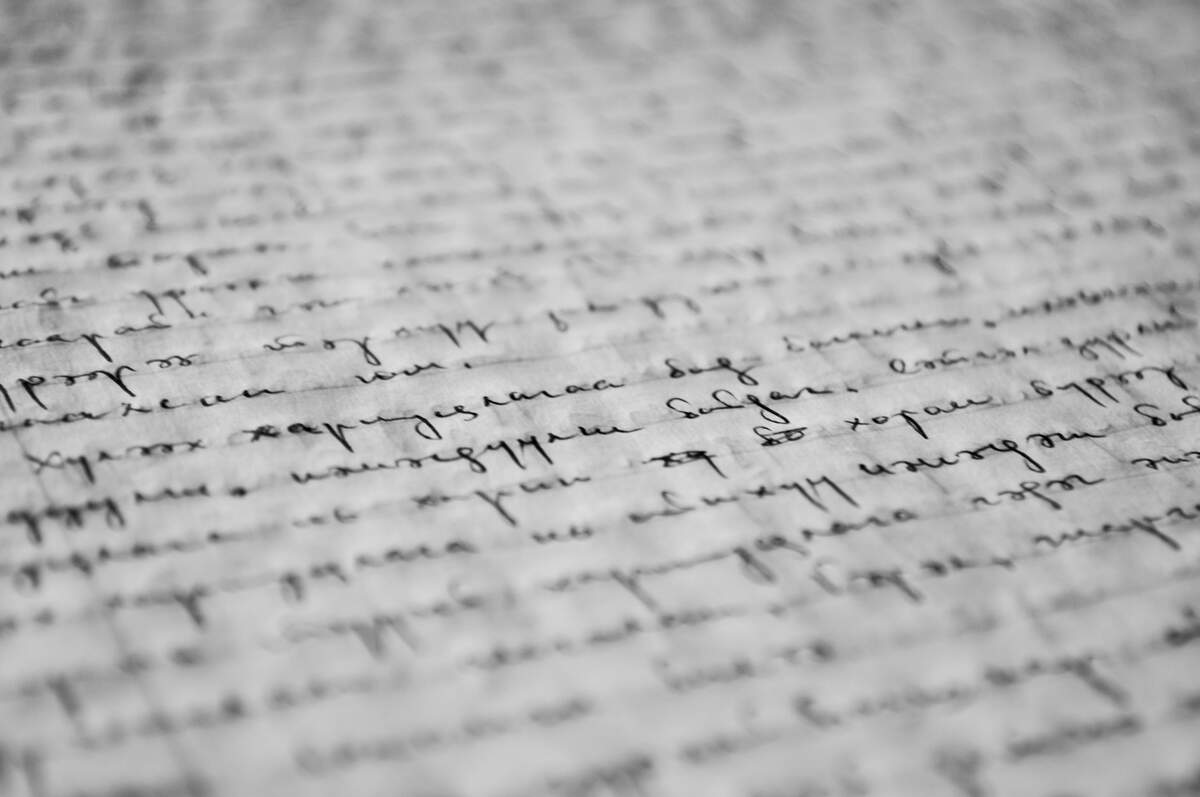

National Handwriting Day
Observed
annually on January 23rd (since 1977)
Dates
Founded by
Hashtags
Sources
http://www.pencilsandpens.org/national_handwriting_day.php
https://www.amazon.com/dp/1598888587?tag=checkiday08-20
https://www.history.com/news/a-brief-history-of-penmanship-on-national-handwriting-day
https://www.history.com/topics/american-revolution/john-hancock
https://www.holidayinsights.com/moreholidays/January/handwritingday.htm
https://www.wikihow.com/Celebrate-National-Handwriting-Day
Handwriting has been important to history, being used to craft documents of war and peace, independence, and principles of government. People have also long put pens or pencils to paper to write notes, letters, poems, journal entries, stories, and songs. In addition, there is an artistic and personal element that handwriting has that sets it apart from typing, making it a noble craft to celebrate.
In 1977, the Writing Instrument Manufacturers Association established National Handwriting Day on John Hancock's birthday. It is a day to acknowledge and bring to the public's awareness the history and importance of handwriting, and a day to explore the magic of writing and to encourage people to do it more legibly. In 2017, Congressmen Paul Tonko of New York and Leonard Lance of New Jersey introduced a bipartisan congressional resolution to designate the day and to recognize the "cognitive, artistic, and educational benefit" of writing.
Handwriting has been around for centuries. The Romans developed an early script, which by the fifth century looked similar to modern cursive. After the fall of the Roman Empire, handwriting was mainly relegated to European monasteries, where manuscripts of religious and classical texts were copied. In the late eighth century CE, at the request of Charlemagne, an English monk came up with Carolingian minuscule, a legible, standardized text with lowercase letters, punctuation, and spaces between words. In the following centuries, a thicker and bolder Gothic print became widespread; it was further popularized by Gutenberg's printing press in the fifteenth century. Italic was invented in Renaissance Italy as a reaction to this script.
Penmanship emerged as a status symbol, and schools were started to teach it in the eighteenth century. Different styles exhibited the rank or profession of the writer, and some styles were even meant to look masculine or feminine. In the mid-nineteenth century, Platt Rogers Spencer put in motion the democratization of handwriting when he came up with a type of cursive handwriting. Called the Spencerian method, it was taught in schools and began being adopted in professional settings. This script is famously used in Coca-Cola's logo.
In early twentieth century, Austin Norman Palmer's simplified version of the Spencerian method, known as the Palmer method, became the norm learned in schools and used in handwriting. From that came D'Nealian script in the 1970s, which was used to help children make the transition between print and cursive. By the 1980s, with the rise of typewriters and then word processors on computers, penmanship classes in schools were waning in the United States. Learning cursive was largely replaced by learning computer skills. It seems fitting that National Handwriting Day would come about in 1977, right at the time handwriting was becoming less a part of everyday life.
Telling someone to "put your John Hancock here" or "I just need your John Hancock" has become synonymous with saying you need someone's signature. John Hancock, not to be confused with jazz musician Herbie Hancock, was born on today's date in 1737 in Braintree, Massachusetts. During colonial times, he was one of the richest people in New England, and worked in international trade. He was the president of the Second Continental Congress at the time the Declaration of Independence was adopted, and was one of its signers. In fact, he was the first person to sign it, and his stylish and prominent signature demonstrated how significant handwriting could be. Legend has it that he wrote his name as prominently as possible so that King George III wouldn't need his glasses to read it.
Following the Revolution, Hancock was the first governor of Massachusetts, a job he held for most of the years from 1780 until his death in 1793. Hancock was even a candidate for president in 1788. Of a total of 138 electoral votes, he received four; George Washington received 69 and John Adams garnered 36.
How to Observe National Handwriting Day
Here are some ideas on how to celebrate the day:
- Write a journal entry.
- Start a dream journal in which to record all your dreams.
- Write someone a letter or note.
- Write a poem or short story.
- Practice writing your signature, or handwriting in general. Make an effort to write neatly and properly.
- Learn how to write different scripts, such as Old English, Gothic Calligraphy, Carolingian minuscule, the Spencerian method, the Palmer method, or D'Nealian script. Or, return to one of these scripts if you have used them in the past.
- Teach a young person how to write.
- Read some handwritten letters from the Smithsonian's Archives of American Art, or some letters from Letters of Note, some of which are handwritten.
- Read a book about handwriting, such as Handwriting in America: A Cultural History.
- Read a book on John Hancock.
- Visit John Hancock's grave.





















